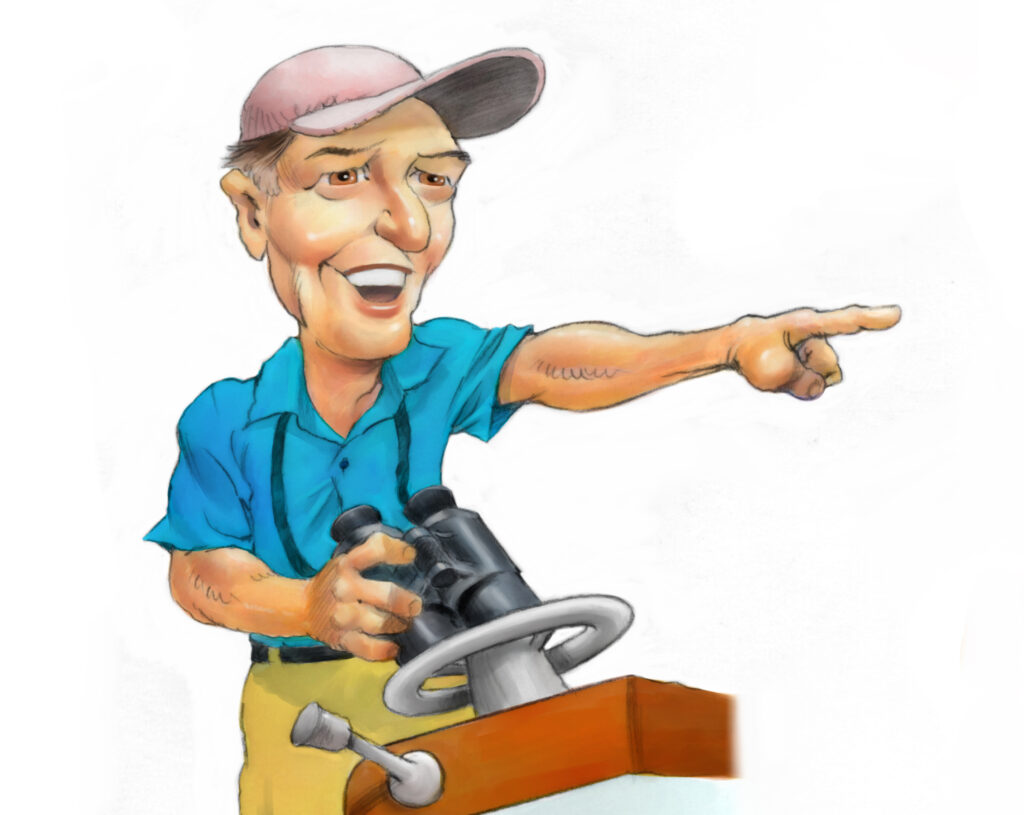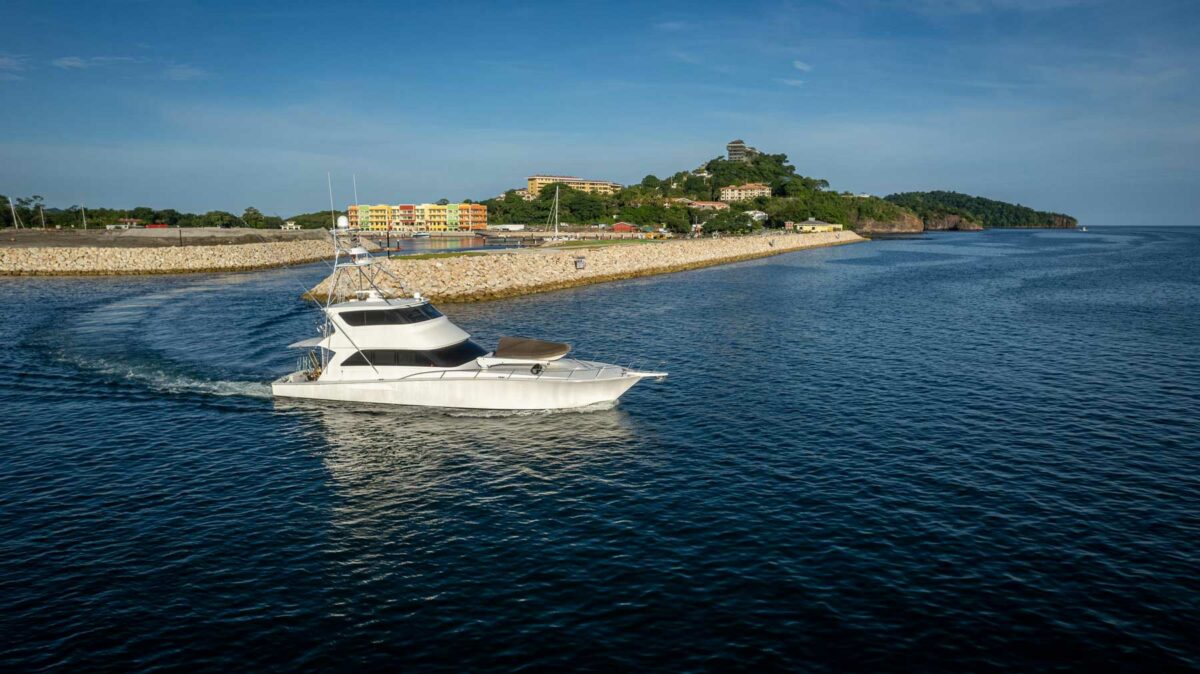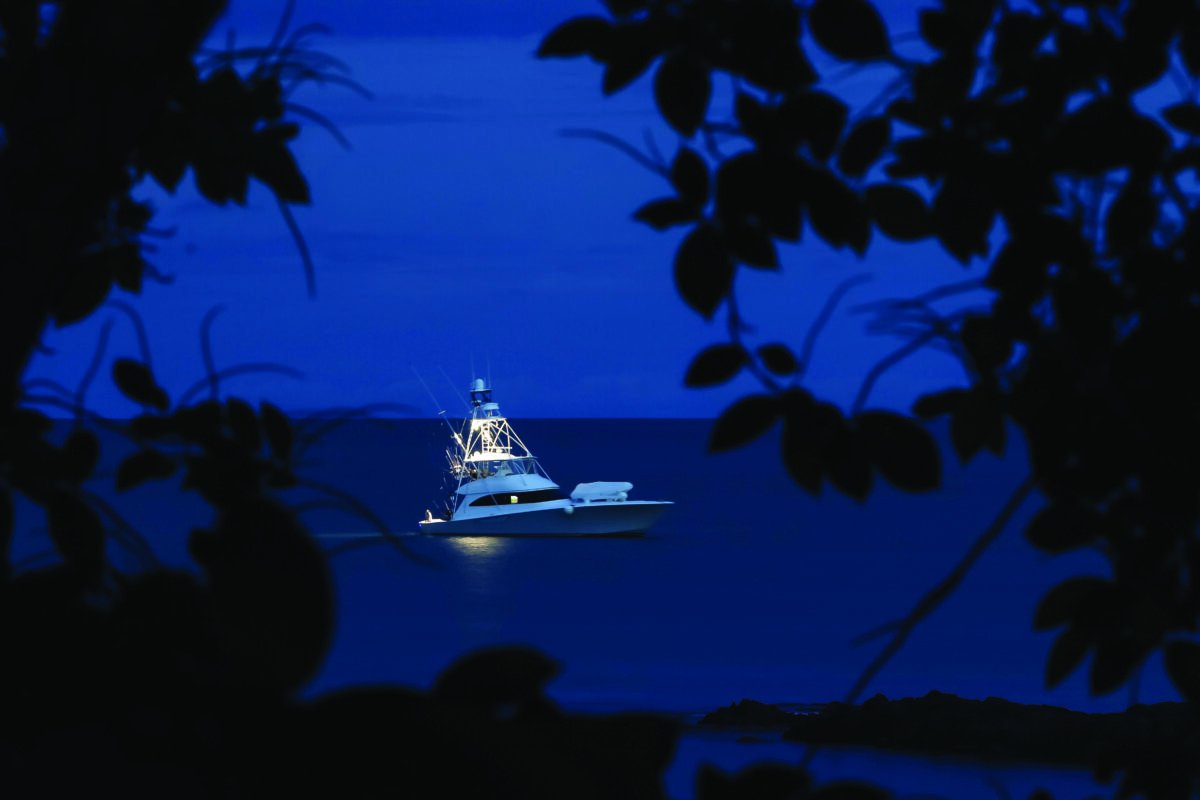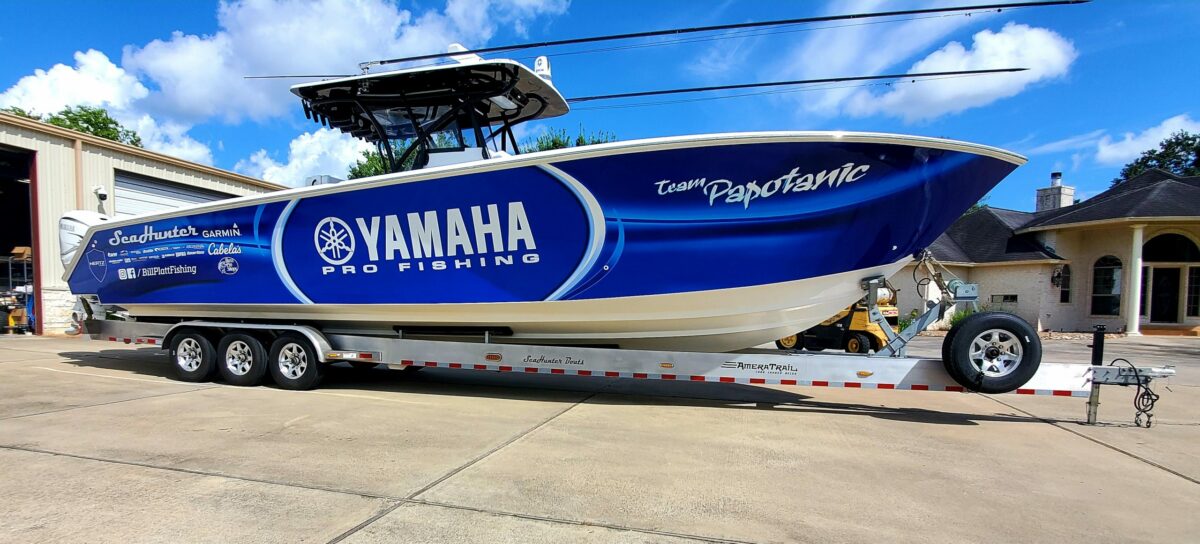Table of Contents
Bigger boats and great fishing destinations sprung up all over Central and South America in the late ‘80s and early ‘90s and spurred a great exodus of sportfishers to places like Isla Mujeres, Mexico; St. Thomas, U.S. Virgin Islands; Puerto Rico and even Venezuela. A bit later, the amazing fisheries in Panama, Guatemala and Costa Rica became a must-stop for traveling recreational boaters, and once there, the exploration continued up and down the Pacific Coast. All this happened before anyone had a real option to ship power driven vessels to these locales, so the majority chugged these long distances with a safe speed on their own bottoms. This meant long, boring days between stops for the crew and the real risk of boating accidents with other vessels or even worse a life-threatening mishap. High seas, navigational hazards, excessive speed from other boaters, restricted visibility, man-overboard events, run aground events, mechanical issues, avoiding collision in crowded areas or an onboard fire were just some of the things that could, and would, occur. While you can never totally eliminate all the dangers associated with boat safety, proper use when navigating long open water distances, good seamanship, a float plan along with a well-trained and knowledgeable crew who knows how to steer clear of navigational hazards can make these events a rarity for recreational boats and much less likely to result in tragedy if the unthinkable happens.
Proper Look Out
One of the keys to boating safely in a long distance crossing situation is having a watch system set up that gives everyone a chance to have a good rest in between turns at the helm. With too few guys, the crew can get worn out rather quickly and you don’t want an improper lookout. However, if you bring too many, then comfortable sleeping spots get scarce, and personalities may clash. We caught up with professional crewman Capt. Cory Gillespie on the 63’ Titan, Lunatico, just finishing a stint in the boatyard and in between trips spanning from Bermuda, the Bahamas and St. Thomas.
“If you are going to just do one overnight on the trip you need a minimum of three guys. Even then, I don’t like doing it with just the two additional guys. If you are heading to Bermuda or down to St. Thomas, you need a minimum of four guys,” Gillespie says. “Ten or twelve years ago you would chug everywhere because you were limited on how much fuel we could hold. It would take 70 hours to go from the Bahamas to Bermuda, chugging for three full 24-hour days. Nowadays, I can make the whole trip in 47 hours, chugging at night and running during the daylight hours.”
Gillespie runs a normal watch period when chugging at night but differs a bit during the day.

“Everybody does it a bit differently, but when the boat is up on plane, I’m the one who is driving. I’ll typically run the boat in a safe manner from sunup to sundown, 12 to 13 hours. When chugging with four guys [three mates and the captain] we have three-hour shifts, with three hours on and nine hours off, day and night, say 6-9 p.m. or 9 to midnight.”
Capt. George Sawley, a longtime sportfish captain that’s traveled extensively throughout both the Atlantic and Pacific, agrees with Gillespie’s numbers.
“First of all, chugging sucks, but it’s the most economical way to get your boat from Fort Lauderdale to Panama. That’s a 1,250- mile trip with six days of chugging,” says Sawley. “I’ve done it with three, but four is way more comfortable. When you are chugging 24 hours a day straight, a four-man crew gets into a better routine. They get used to being up and sleeping on a regular schedule. With three guys, you have three hours on and six off, so your sleeping schedule gets messed up. Its common sense four is just better all the way around.”
Sawley also decides who gets what shift. Nobody draws straws.
“I try to take night shifts, either the midnight to 3 a.m. or the 3 a.m. to 6 a.m. because those are the hardest ones. I try to put the more qualified people on the night shifts while the new mates get the daylight hours,” he says.
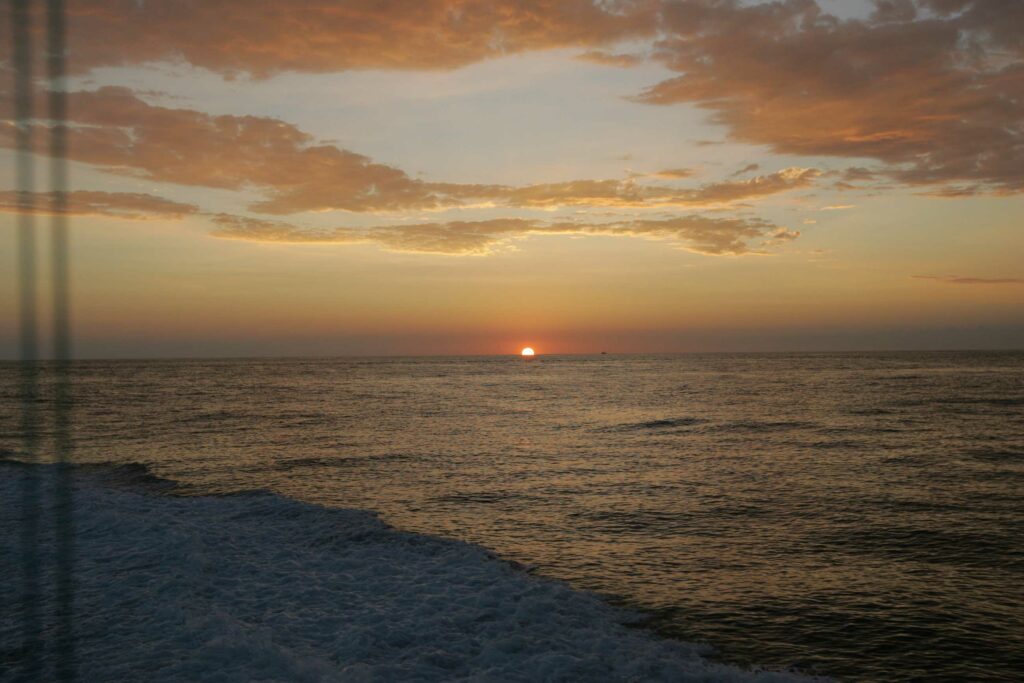
Who’s on Deck?
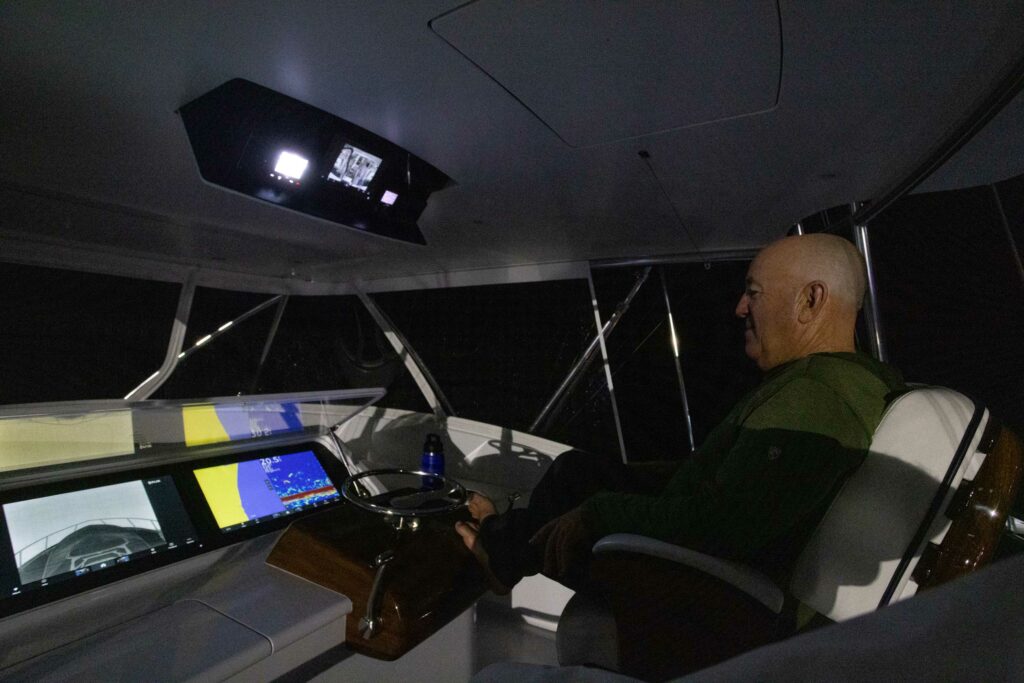
While you can never totally eliminate all the dangers associated with making long voyages, proper planning and anticipation, along with a well-trained and knowledgeable crew, can make these events a rarity and much less likely to result in tragedy if the unthinkable happens.
Safety Tips
Everybody should operate on the same clock, adds Gillespie. “GPS time can change when you pass through different time zones, so make sure everybody is on the same schedule. If you are in the middle of a 112- hour chug and someone keeps missing their watch time by 45 minutes, you can get irritated and make a long trip much longer. You need to establish a system, make sure everyone understands it, then stick to it. You can do it in a bunch of different ways. Some captains like to have two guys on the bridge, with one guy sleeping, just to keep two people up at the helm. But to me, that second guy really can’t sleep up there. I would rather have a well-rested guy down on the salon couch than have a wide-awake zombie. Even if you don’t fall overboard, you can still slip and break your leg or fall or something. And 300 miles offshore might as well be 1,000 due to the time factor of getting someone out to help you. You try minimizing the silly mistakes before they can get out of control.”
Capt. Chris Kaulen on the 66′ Spencer Marlin Darlin also has one more standing order for the guys on watch.
“I tell everybody if you don’t think you are to going to make it through your two-hour watch, wake somebody up!” he says. “I don’t care if it’s been five minutes or an hour, I’d much rather you admit defeat and wake somebody up instead of falling asleep at the wheel. That’s why we always keep one guy on the couch in the salon, so the guy upstairs can stomp, and they can hear you.”

Maintaining A Proper Lookout
You really shouldn’t be doing too much on your shift at the helm other than maintaining your course without hitting anything. Usually at the start of a watch, or the end, depending on the captain and the time of day, the crew does a brief run-through of the engine room, checking for leaks.
“After a tour of the engine room you go up to the bridge and make the handoff,” says Sawley. “You ask general questions like ‘What have you seen?’, ‘What’s the ship traffic like?’ And you should play around with the radar a bit. Zoom in from six miles to three miles and vice versa. Many times, smaller vessels like pangas won’t show up on the 6-mile.”
Also, Sawley adds “you need to bring all your drinks, coffee, snacks and stuff up with you or have a place upstairs to keep it all because there ain’t going to be a lot of going up and down the ladder. I need you to keep your eyes on the gauges. I don’t make guys plot our course on paper anymore since we have so many redundant plotters onboard, but I do have them make all the course corrections without the autopilot. It keeps them up and lets them know which way the current is moving and how hard. God forbid, if someone ever went overboard, you’d know which way they are drifting. If I were the guy who fell off, I’d want you to know where to start looking!”
Gillespie doesn’t like his guys moving around much either and he does all his location and fuel burns on a notepad.
“At the start and the end of my shifts, I’ll do a location on my notepad. I make a graph with the date, time, miles to go, fuel burned, distance traveled, and just enter the numbers,” he says. “When I’m running, I write it down every hour. I also transfer fuel every hour as well. I transfer 100 gallons at a time to keep the back tank full. It’s a boring exercise to see how much ink I can go through on the notepad. It looks like a Jackson Pollock painting by the end of the trip. I also like the guys coming off their shift to do the engine room check, so the guy coming on doesn’t burn his eyes down there in the bright white and then have to go up and stare into the dark. He also double-checks in on the VHF to let us know he’s going below. That way if something happens, he’s only two minutes gone.”
Boating Safety
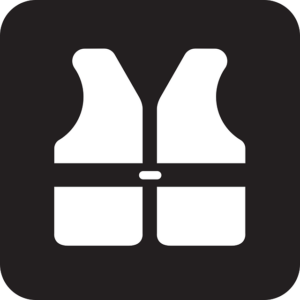
The first thing all three of the captains said regarding safety was a bit surprising to me. They all complained about mates who want to wear two earbuds and listen to music or podcasts while on watch. While this can certainly make the time pass faster and may assist in keeping you awake, if you can’t hear anything, then you’ve just taken away one of your most important senses. Gillespie says that mates should be able to hear enough with just one in, so he lets them keep one just because it helps them stay awake.
“We pull out our life raft and let it live in the middle of the salon floor with the ditch bag beside it and hand-held battery-operated GPS on top of it. Everyone knows where everything is and how to use it,” says Gillespie.
“We also keep a hand-held VHF Radio in the salon and one up on the bridge. We pick one channel and whoever is in the on-deck circle down in the salon monitors that channel. If anyone goes outside or climbs down the ladder, they must first get a response from the other guy. Before you open the door, you call up to the bridge. Everyone needs to know that someone is moving from outside to inside and vice versa,” Gillespie adds.
And no one goes outside without first putting on an inflatable jacket-style life vest.
“Each one of our vests has a personal EPIRB, strobe and noise maker attached,” he says.
Finally, rule number one is don’t saunter down the ladder to pee off the back!
“If it happens at the start of your shift, nobody’s going to know you even fell in or how long ago it was. Don’t leave the helm without telling someone. You can pee in a bottle just as easily as peeing off the back,” says Sawley.
Don’t Forget to Check Out Our Sportfishing Job Board! Did You Know? It’s the perfect platform for seeking skilled captains and mates. Whether you’re on the hunt for your dream team or looking to join one, your next big adventure begins here. Explore the opportunities now! Click Here
Dive Deeper into the World of Sportfishing
Unlock Exclusive Savings: Enjoy 50% Off Your Subscription!
Are you ready to explore the thrilling world of sportfishing from the comfort of your home? Subscribe now and embark on a journey filled with captivating stories, expert insights, and insider tips. Choose between our digital or print edition and secure an incredible 50% discount on your subscription.
Subscribe today and get ready for an adventure like no other. Click here to subscribe and elevate your sportfishing experience with InTheBite Sportfishing Magazine.







